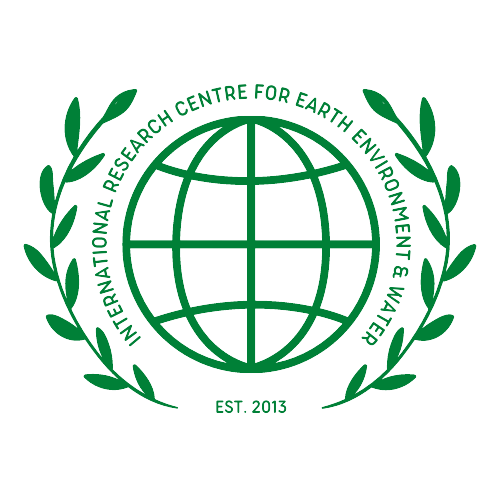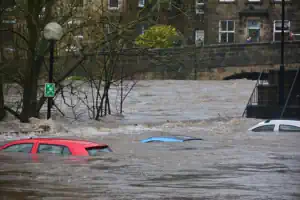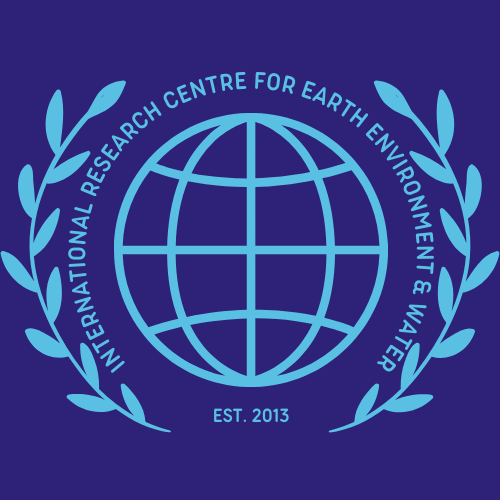Climate Change is a reality no one accepts
Climate change is real, and it’s happening right now. The evidence is all around us:
- The ice caps are melting.
- Temperatures are rising.
- Our oceans are becoming more acidic.
We can’t ignore these signs anymore- they’re telling us that we must act before it’s too late!
Global Warming
Global warming is the increase in the average temperature of Earth’s near-surface air and oceans since the mid-20th century and its projected continuation. “global warming” refers to the current period when this temperature increase is expected to continue.
The scientific consensus on climate change is that global surface temperatures have increased about 1.5 °C (2.7 °F) since pre-industrial times, with about two-thirds of the increase occurring over just three decades from 1970 to 2010, known as the “warming trend”.
Heat Wave
Heat waves are periods of scorching weather. They can last from one day to as many as several weeks or even months. A heat wave is the most extreme form of a heat wave. It is usually defined as a period of at least three consecutive days where the daily maximum temperature exceeds the average maximum temperature by 5 degrees Celsius (9 degrees Fahrenheit).
If you live in a place that experiences hot summers, you know how uncomfortable it can be to sweat all day long without relief. Many people who share this type of climate find that they have to spend their whole lives inside air conditioning systems to cool down enough, so they don’t pass out or have a heart attack! Heat waves also bring about higher illness or disease outbreak rates. There’s no way for anyone’s body temperature levels not to go up too high during these times, especially if they’re already sick with something like pneumonia or bronchitis, which already causes problems just by itself!
Melting snow and ice
Melting snow and ice is one of the most visible impacts of climate change. Even though it’s happening in very remote regions, like the arctic, it can significantly impact sea level rise. When the snow melts during warming periods, it adds water to the ocean. As a result, sea levels rise as more water is added to them. This causes flooding along coastal areas where people live and farm food for their families to eat (like Bangladesh). If you live near a coast or river, melting snow could cause your home to flood during regular rainstorms!
Droughts
Droughts are the most widespread natural disasters in the United States. They can happen anytime, anyplace, and affect people in every corner of our country. Droughts are a natural part of the climate system and occur because of long-term changes in weather patterns that result in below-normal rainfall or snowfall. Droughts can last from months to years and may span decades. The severity depends on many factors, including how long they last, how much rain falls over time, and population growth related to water use needs. Some areas within drought zones experience more severe drought conditions than other parts of the region; this is called “patchiness”.
Drought causes water shortages for people living in rural areas and cities; it also harms crops (like hay) grown by farmers who rely upon irrigation systems fueled by streams fed by melting snowpack during springtime months when temperatures are warmest (generally April through June). For example: if there isn’t enough precipitation during those months, then less runoff will fill reservoirs which supply cities with drinking water during peak demand periods such as summertime when air conditioning usage spikes due to heat waves plaguing urban centres across America, causing health issues like dehydration among elderly folks who live alone without access nearby family members able assist them.
Wildfires
Wildfires are a natural part of the ecosystem and essential for maintaining healthy ecosystems. But wildfires have become more frequent and severe since the early 2000s, and scientists have linked that trend to climate change.
The main reason that wildfires have become more common is poor forest management: people have built too many homes in areas prone to fire, cleared land for homes or roads without enough room for vegetation recovery, and cut down trees, so there isn’t enough shade from other plants like grasses and shrubs (which helps keep soil moisture), or cleared out lots of brush where fires start quickly. Good management practices can prevent these things:
- thinning forests regularly, so there’s less fuel available for fires;
- Reducing logging on public land; requiring property owners near wildlands to clear away flammable materials such as brush piles;
- installing fire breaks along roadsides so sparks from passing cars don’t ignite nearby bushes;
- Setting aside particular areas where fires aren’t allowed at all.
Intense storms
Storms move faster, last longer and are more intense than before. These changes can make it harder for people to prepare for severe weather. The damage caused by these extreme events is also expensive — Hurricane Sandy alone cost the U.S. $64 billion in 2012, according to the National Oceanic and Atmospheric Administration (NOAA).
Flooding
Flooding is a natural disaster that can cause damage to property, infrastructure, and people. Floods are often caused by heavy rainfall in low-lying areas, such as river valleys or coastal plains. Flooding can lead to loss of life and contamination of drinking water supplies by sewage or toxic industrial waste. Flooding may also spread diseases like cholera when flood waters carry human waste into water supplies used for drinking and cooking.
Extreme heat
Extreme heat is a significant public health problem, and climate change is making it worse. Climate change has been linked to extreme heat events like the 2003 European heat wave that killed 70,000 people or the 2010 Russian heat wave that led to 50,000 deaths. The World Health Organization predicts that by 2050, climate change will lead to 150,000 additional deaths per year due to malnutrition and diarrheal diseases.
Water quality issues and disease outbreaks from bacteria
Water quality issues and disease outbreaks from bacteria. In the United States, water quality issues are a problem. Water pollution can cause health problems, including stomach pain, nausea and diarrhoea. Drinking contaminated water can lead to more severe illnesses like dysentery or cholera. These diseases can be fatal if not treated correctly or left untreated for too long (1). In other parts of the world, like South Africa, people living near rivers or dams have been affected by schistosomiasis (2). The parasite that causes schistosomiasis lives in freshwater snails that live along rivers and lakes where people swim or bathe for recreation activities (3). This type of infection usually affects people who do not have access to clean drinking water because they are exposed to surface water sources during their normal daily activities, such as washing clothes at home using detergents containing chemicals which kill off any parasites before they enter our bodies upon contact with dirt particles left behind after washing clothes outside one day while working as an engineer when helping build bridges without proper equipment needed so we could do our best with limited funds, so everyone has access
Ocean acidification
The ocean absorbs about one-fourth of the carbon dioxide (CO2) released into the atmosphere from human activities such as burning fossil fuels. This process is known as ocean acidification. The pH level of seawater has decreased by 0.1 since the beginning of the industrial era, corresponding to a 26% increase in hydrogen ion concentration [H+]. The average surface ocean pH has declined by approximately 0.02 per decade since the 1800s, with more significant decreases observed in some regions.
I expect the combined impacts of increasing temperature and decreasing pH to cause widespread changes in marine ecosystems over this century and beyond.
Climate change is real; dont deny it
Climate change is real.
If you doubt this, you’re a denier and a contrarian. There’s no use in convincing you otherwise because your denial is not just about science—it’s political. You’re not interested in what is true or false about our climate because you’ve decided that there isn’t anything to worry about (despite all evidence). Your position on climate change has less to do with facts than it does with supporting your worldviews and beliefs. This makes it hard for anyone else to talk sense into you: if someone tries arguing with a denier, they’ll find their efforts fruitless—the other person doesn’t even want to listen.
Conclusion
Climate change is accurate, and it’s happening now. There is no denying this fact. The best thing we can do for our planet and future generations is to work with urgency on solutions that will help us slow down climate change and adapt to its impacts.


